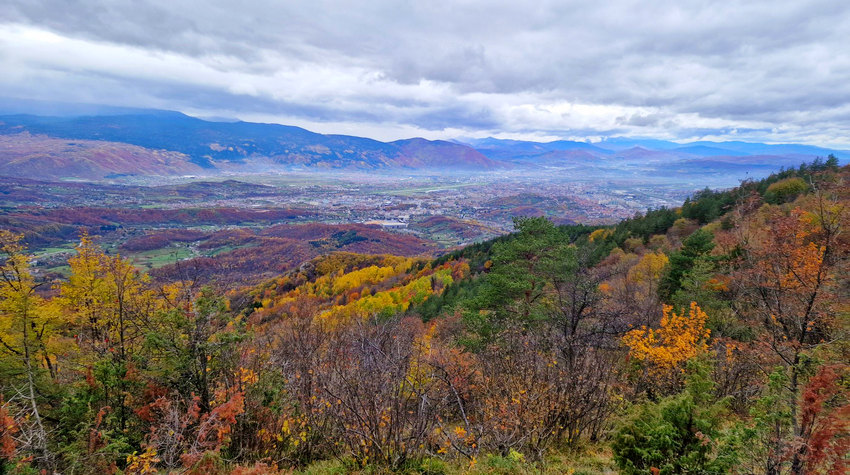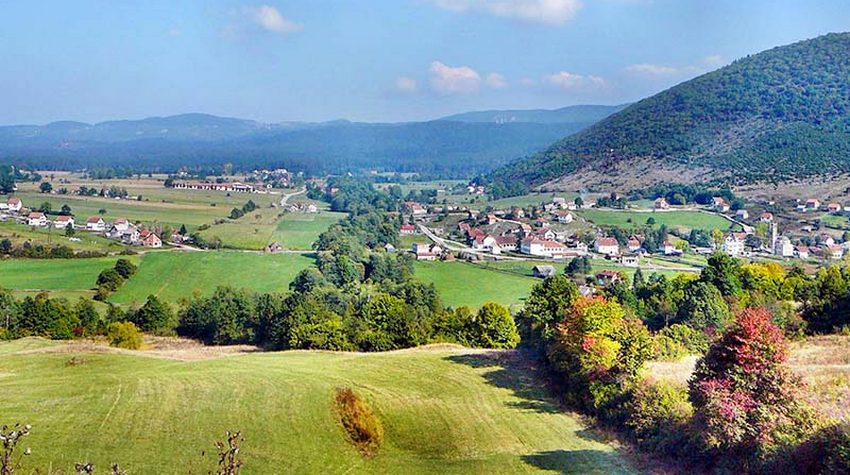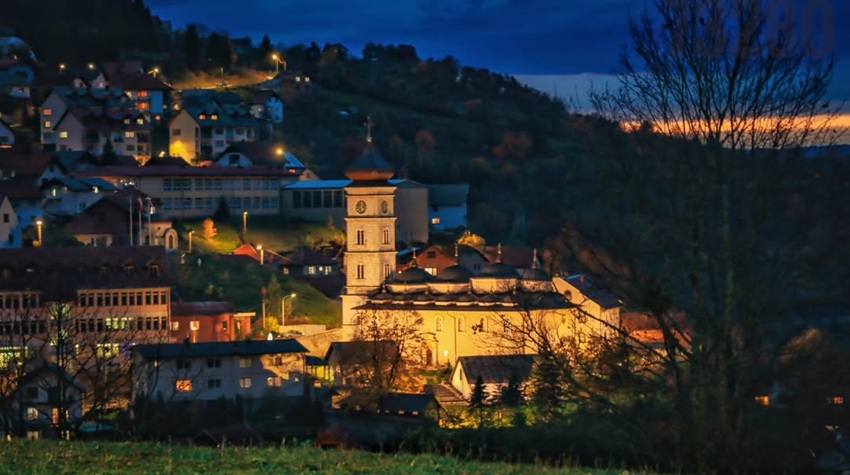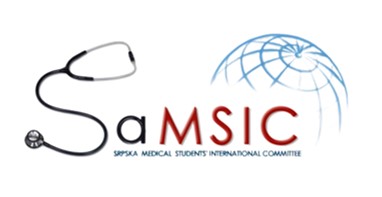HOW AND WHERE SERBS LIVE IN AMERICA TODAY
The Serbian diaspora in the United States stands as a vibrant example of intergenerational ties and the preservation of cultural identity. From early waves of migration to the post-war period, Serbs have successfully integrated into American society while passing on their experiences and cultural achievements to newer generations.
The importance of the Serbian community is
evident through various cultural contributions, including festivals, events,
and local restaurants offering authentic Serbian cuisine. Despite being far
from their homeland, Serbs in the U.S. continue to maintain a strong connection
with Serbia, contributing actively to both social and cultural life.
The largest concentration of Serbs in America
is found in Chicago, Illinois—often referred to as the Serbian capital of the
U.S. Other major Serbian communities exist in cities like Los Angeles,
California, and Cleveland, Ohio. These urban centers not only offer economic
opportunities but also provide vibrant spaces for social and cultural
engagement.
Statistical data suggests there are approximately 1.1 million Serbs living across the United States, with high concentrations in major urban areas.
Chicago alone is home to about 300,000
Serbs and hosts a rich cultural landscape, including numerous churches,
cultural centers, and community events.
New York and Los Angeles also feature
prominent Serbian communities that serve as cultural hubs with Serbian Orthodox
churches, schools, and various organizations. Smaller but growing Serbian
centers can also be found in cities like Phoenix, Arizona, and Columbus,
Ohio—emerging as new focal points for Serbian life beyond the traditional
enclaves.
Understanding the history of Serbian migration
is key to comprehending the dynamic development of the community in the U.S.
Over the years, Serbs left their homeland in search of better living conditions
and new opportunities. Throughout these migration waves, strong ties with the
homeland persisted, enabling the preservation of culture, tradition, and the
strengthening of intergenerational bonds.
Serbian cultural centers and the Serbian
Orthodox Church in America play a vital role in preserving language, customs,
and traditions. They also help organize social activities that reinforce
community spirit. Serbian language schools and cultural associations ensure
that the spirit of Serbian heritage is passed on to younger generations.


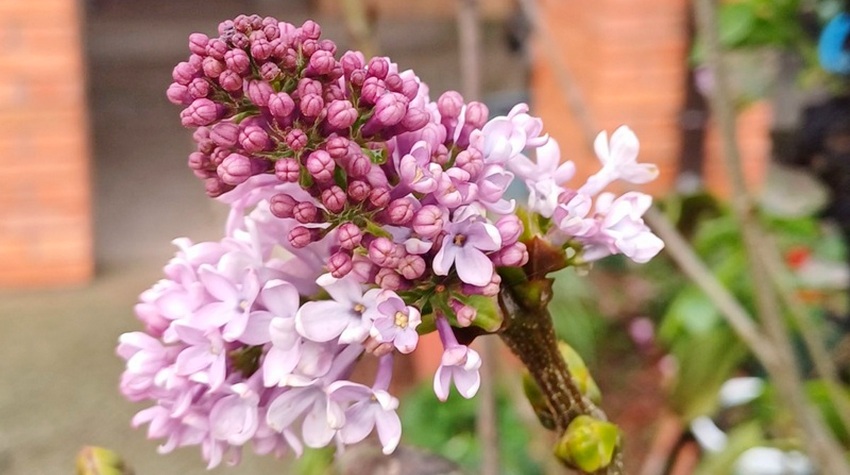
.jpg)

